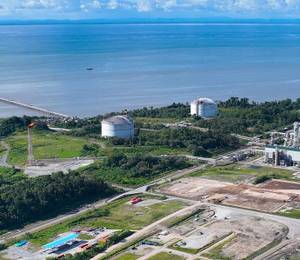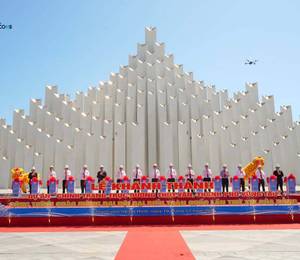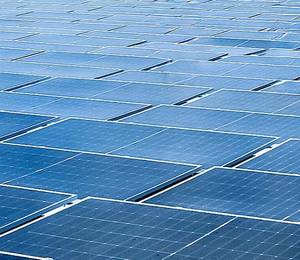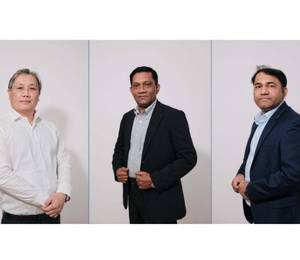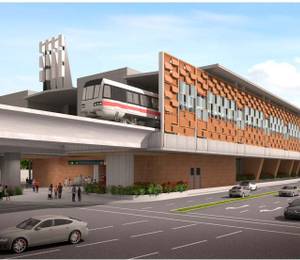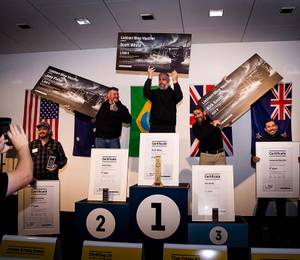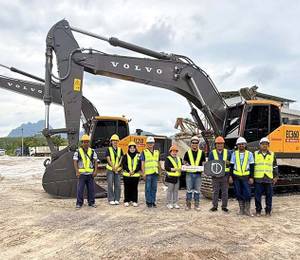Construction of Indonesia’s first subway line began in 2013, the MRT Jakarta. For now, Kota Station is the last section of the current phase II of the South-North MRT line. Situated near the old Jakarta Kota train station in the north of the city, the new station Kota will enable better access to the historical old town and business centre as a traffic hub.
To carry out necessary diaphragm wall works for the construction of the new subway station, PT. Bauer Pratama Indonesia – the local subsidiary of Bauer Spezialtiefbau GmbH – was commissioned by client Sumitomo Mitsui Construction Co Ltd in a joint operation with PT. Hutama Karya (Persero) to install the supporting walls for the lower level.
“Due to the challenging soil conditions, demanding technical requirements and strict location restrictions, we were awarded the contract for this project, which makes us very proud,” said Hemanth Narayanan, director at Bauer Indonesia.
Demanding project
One of the major challenges in this project is that the work had to be carried out on a narrow stretch of land between two busy main roads and among historical structures and residential buildings. In addition, two bus lanes had to remain open for traffic during the entire construction period, which meant that work could only proceed on one side of the station at a time.
“The Pantjoran Tea House, a protected cultural building, was less than 3 m away from the site and the diaphragm wall elements had to be installed directly on the property line,” explained Mr Narayanan. In total, 136 diaphragm wall elements were constructed with a thickness of 1,200 mm or 1,400 mm over a length of 867 mm.
Due to the challenging subsoil consisting of soft to moderately firm clay at a depth of 7 m to 8 m, the panels were installed between 33 m and 43 m deep. The total area of the diaphragm walls constructed was nearly 29,500 sq m. The work was performed using a Bauer GB 50 hydraulic grab and a Bauer MC 86 duty-cycle crane.
During the work, a polymer slurry was used to stabilise the excavated trenches. To inspect the quality of the slurry continually and comply with the requirements concerning verticality, regular tests were conducted. Because of the extremely limited site area, an adjacent property was also rented to set up the slurry plant and the stabilising slurry was transported onto the site via pipelines up to 360 m in length.
The reinforcement cages needed to stabilise the completed diaphragm wall elements were constructed at Bauer Indonesia’s workshop, which is located 40 km from the site. “A heavy haulage transport with police escort was organised every night after 10 pm for just-in-time delivery of the completed reinforcement cages onto the site,” said Mr Narayanan.
“In addition, special reinforcement cages made of fiberglass-reinforced plastic had to be installed on the two curved sides of the station, since a tunnel boring machine will be used to construct the subway tunnels.” The construction and installation of the special reinforcement cages required particular caution, as the material is extremely brittle and rigid.
The work began in December 2022 and was completed in June 2023. During the entire execution period, work sequences had to be followed strictly in order to keep from jeopardising the production schedule of the reinforcement cages. The particular location amidst buildings with protected monument status also called for highly cautious and low-vibration work methods in a very tight space.
Bauer added that because the work took place in the historical city centre of Batavia, objects such as ceramics, wood stakes and mussels were occasionally found. “Although we were faced with some challenges during this project, we were able to complete the work on time and without incident,” said Mr Narayanan.
All images: Bauer Group
